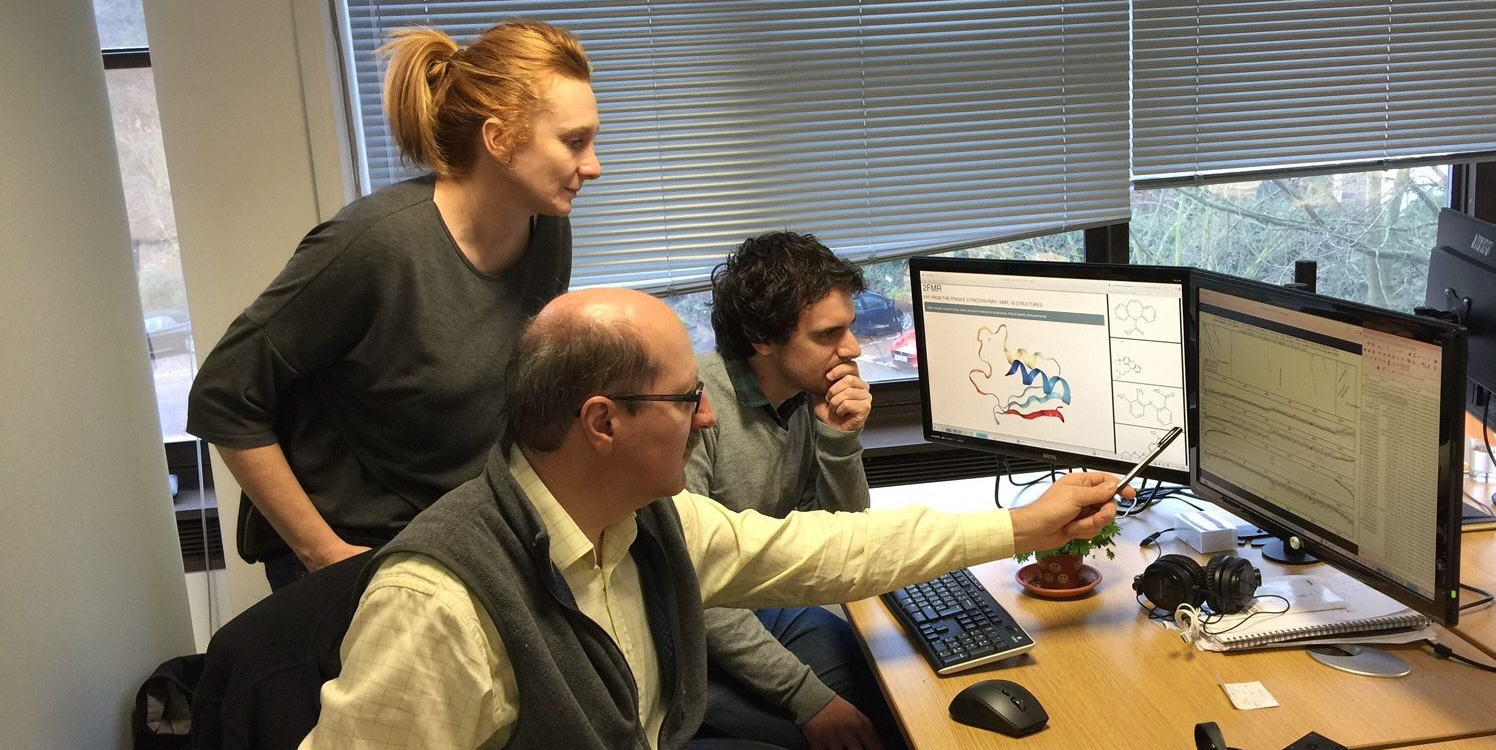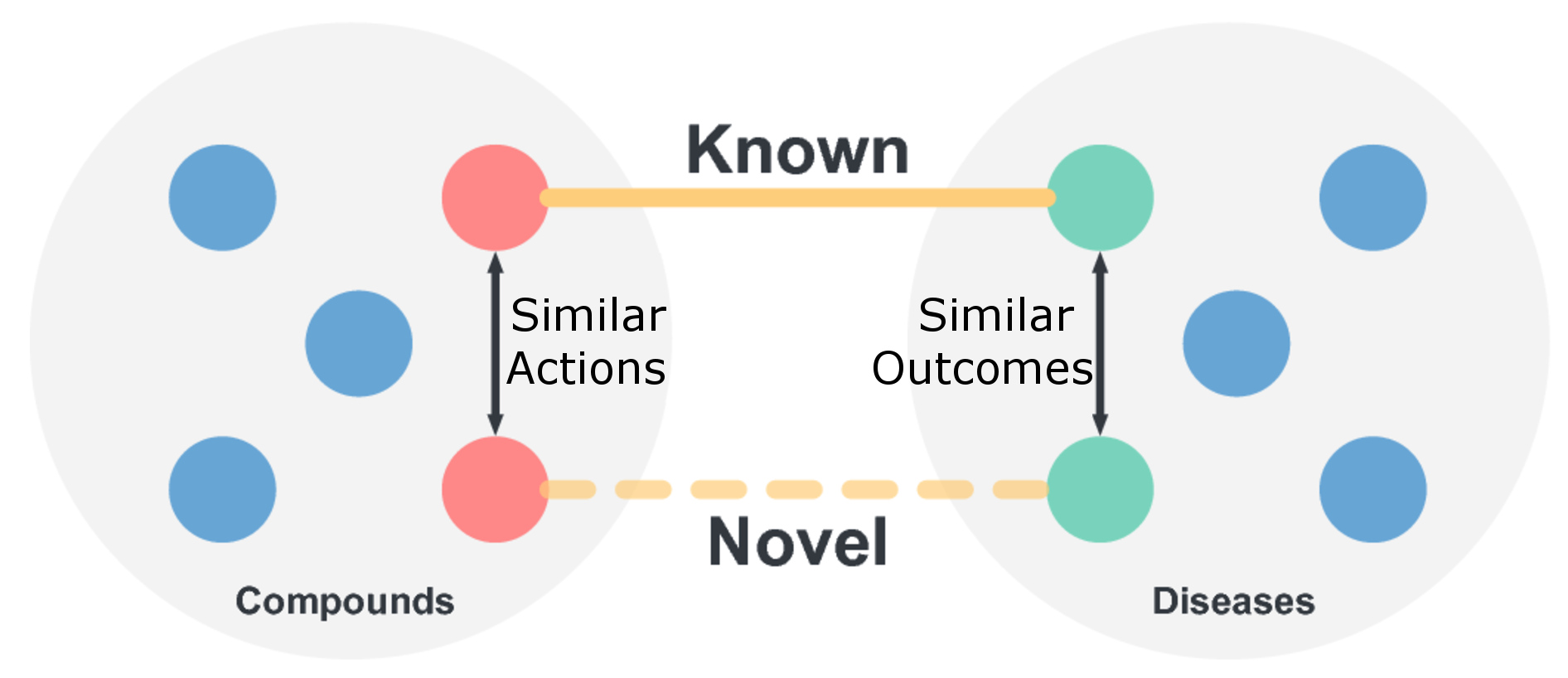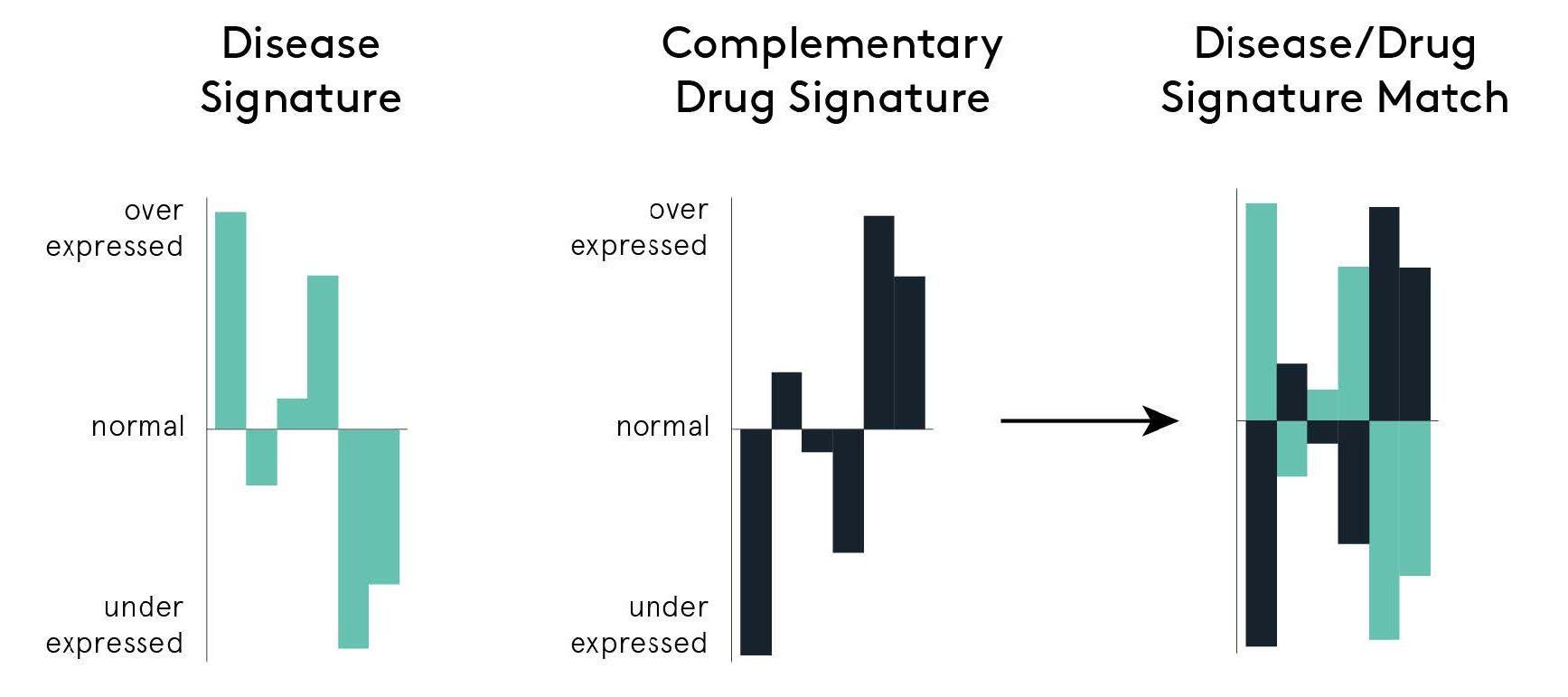
Healx Study Identifies Eight Promising Targets for Validation
While there are over 8,000 rare diseases affecting an estimated 350 million people worldwide, only around 200 of these conditions have effective treatments. Due to the high cost of developing new drugs, rare diseases have historically been less attractive to pharmaceutical companies. Drug repurposing systematically leverages the detailed information available on approved drugs and reduces the time and money needed to deliver safe “new” treatments, but with greater success rates and a potentially more immediate impact on health care. In 2016, FRAXA partnered with Healx (Cambridge, UK) to conduct drug repurposing studies for Fragile X based on transcriptional profiling.
There are currently no approved pharmaceuticals for the treatment of Fragile X. Some of the more severe symptoms of Fragile X are seizures, mood instability and anxiety, attention deficits, aggression and sleep disturbances. For the families affected by Fragile X, effective treatment is the key to a healthier, more peaceful family life and a good night’s sleep.
What follows is the story of how FRAXA and Healx collaborate, progress to date and what comes next. While the implications of this study are directly relevant to Fragile X, the basic approach is instructive for other rare diseases and the results offer hope in the treatment of autism and related developmental disorders.
Accelerating the Process at FRAXA
The typical timeline for drug development and approval is well over a decade and most drugs fail before hitting the market. “Our translational research efforts have led to many new treatment targets through a process of rational drug discovery,” says Michael Tranfaglia, MD, Medical Director and Co-founder of FRAXA, “however, many of the treatments we have identified are still in development.” Researching drug targets, testing and optimization, clinical testing and approval all take time. All of this is designed to ensure the safety and effectiveness of new drugs.
So how does FRAXA Research Foundation accelerate the process? First, by supporting and coordinating basic and translational research to understand the molecular basis of the disease and rapidly discover new drug targets. Then by streamlining drug validation through the FRAXA Drug Validation Initiative (FRAXA-DVI) and sponsoring clinical trials.
Still, families struggling with Fragile X need treatments now.
Drug Repurposing: a Collaboration Between FRAXA and Healx
Therefore, FRAXA commissioned Healx to identify potential drugs to repurpose for the treatment of Fragile X. “The advanced methods employed in this study represent a completely new approach” says Tranfaglia, “a potential shortcut to finding available drugs which can make a real difference in the lives of people with Fragile X”.
Tim Guilliams, PhD, the founder and CEO of Healx explains, “we worked hand in hand with FRAXA, using technology to identify the relevant datasets and perform analysis across many different diseases and data types at large scale. Today there’s a continuous wealth of data being generated about drugs and diseases — scientific papers are being published at an average rate of 2 papers per minute, with tens of millions already available. Analysing this data with natural language processing, advanced analytics and machine learning algorithms is an effective way to identify new links between existing drugs and diseases that might otherwise remain unknown.”
The results are in for Fragile X, with the table listing the eight drug candidates recommended for further in vivo investigation either as monotherapies and/or combined with existing medications. Read the complete drug repurposing summary report here. But let’s summarize what exactly was done to identify these drugs and what happens next.
Top 8 Drug Candidates for Fragile X
The Healx Approach: Transcriptional Profiling
What is transcriptional profiling? Compare this to the process to optimizing bread baking if you were to start with a preexisting mixture of ingredients that is producing flat loaves of wheat bread. You test the mix and find irregular levels of salt and yeast. If you understand the chemistry of baking, you can predict that too much salt or not enough yeast in the dough will result in a flat loaf of bread. Similarly, transcriptional profiling starts with a thorough understanding of the genetic characteristics and biological mechanisms of a disorder, but with a much larger set of variables. This is why FRAXA funds basic research and recruits neuroscientists to investigate the molecular mechanisms of Fragile X. “This is an expensive and time-consuming process, but it has been quite successful” says Tranfaglia.
Creating a Disease Signature for Fragile X
First, Healx profiled the symptoms of Fragile X to identify the characteristics of a treatment that would most improve patients’ quality of life — drugs that increase cognition, alleviate seizures, and moderate mood and behavior. Healx took into account all that is known about genes and biological pathways associated with Fragile X. Next they identified the characteristics of an ideal drug target, through what Healx calls Drug-Gene Expression Matching (DGEM).
Finding Drugs that Match the Signature
To continue the bread analogy, this is comparable to searching a catalog of baker’s ingredients for ones that balance out salt and yeast. Similarly, Healx leveraged the huge amount of data available in public and proprietary datasets to computationally search for drugs for Fragile X. They looked at the genes over- or under-expressed in Fragile X compared to a typical genome and compared them with the profiles of drugs from Healx’s database. Then they predicted that drugs with the opposite profile of the disease would be the likely effective treatments (figure).
Ranking Results with Machine-Learning
Finally, Healx predicted which drug compounds known to treat diseases similar to Fragile X are expected to be most effective in Fragile X using a machine-learning algorithm (PRISM). Again using the case of the bread dough, if you have experience as a baker and know that previous attempts to improve batches of rye and white bread mix with disproportionate salt and yeast have benefited from the addition of compounds A, B or C, these are worth trying in wheat dough.

Tuning the List by Expert Review
Lastly, the repurposing experts at Healx considered the predictions of DGEM and PRISM in the context of scientific literature, clinical trials, drug and disease data, mining the data extensively both manually and using machine algorithms. They specifically looked for references to Fragile X syndrome, and ultimately produced a ranked list of eight strong drug candidates for validation.
Next Steps: Drug Validation through the FRAXA-DVI and Clinical Testing
While the repurposed drugs have been approved for general safety and the clinical predictions are promising, the results require validation. This is where the FRAXA-DVI comes into play. Since 2012, Patricia Cogram, PhD of the University of Chile and Paulina Carullo, MD of the FLENI Foundation in Argentina have worked with animal models to validate new pharmaceutical leads for the treatment of Fragile X. Dr. Cogram maintains colonies of Fragile X mice and fruit flies, conducts standardized tests on lead therapeutic compounds, and compares their effects in the animals to previously tested drugs.
Because FRAXA has the established capability to test drugs in animal models quickly and cost-effectively, it should be possible to determine which drugs are the best candidates for clinical trials, and to move forward with those trials within the next year or two. This preclinical validation will also allow for testing of combinations of available drugs, which are potentially more effective than any single medication. Additionally, further repurposing studies could be useful, especially if additional human expression profiles can be obtained from different patient groups (i.e. other races, ethnicities, or countries).
Our next step is to expand the search to natural products and nutraceuticals, and combinations of compounds, greatly increasing the range of potential available treatments. This new study has launched.
For more information please contact Michael Tranfaglia, MD, FRAXA Medical Director.


